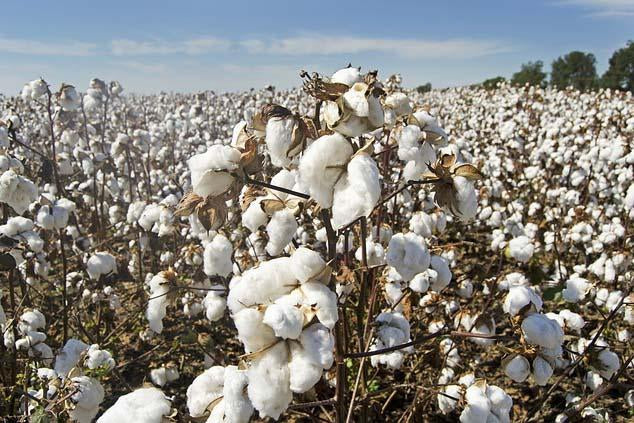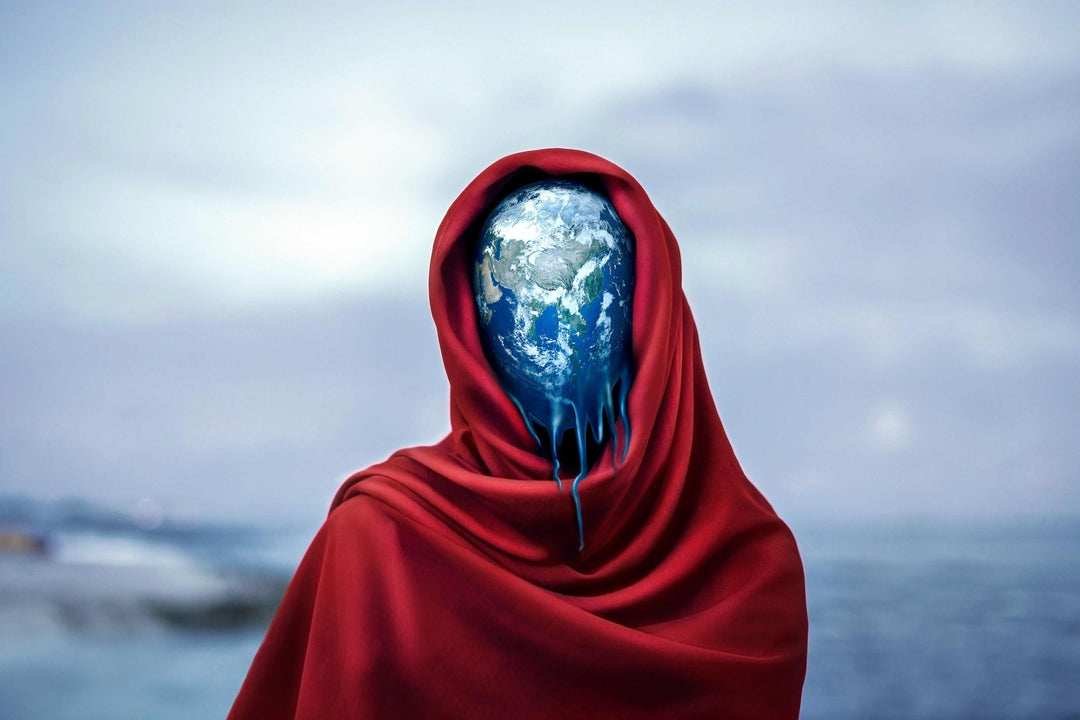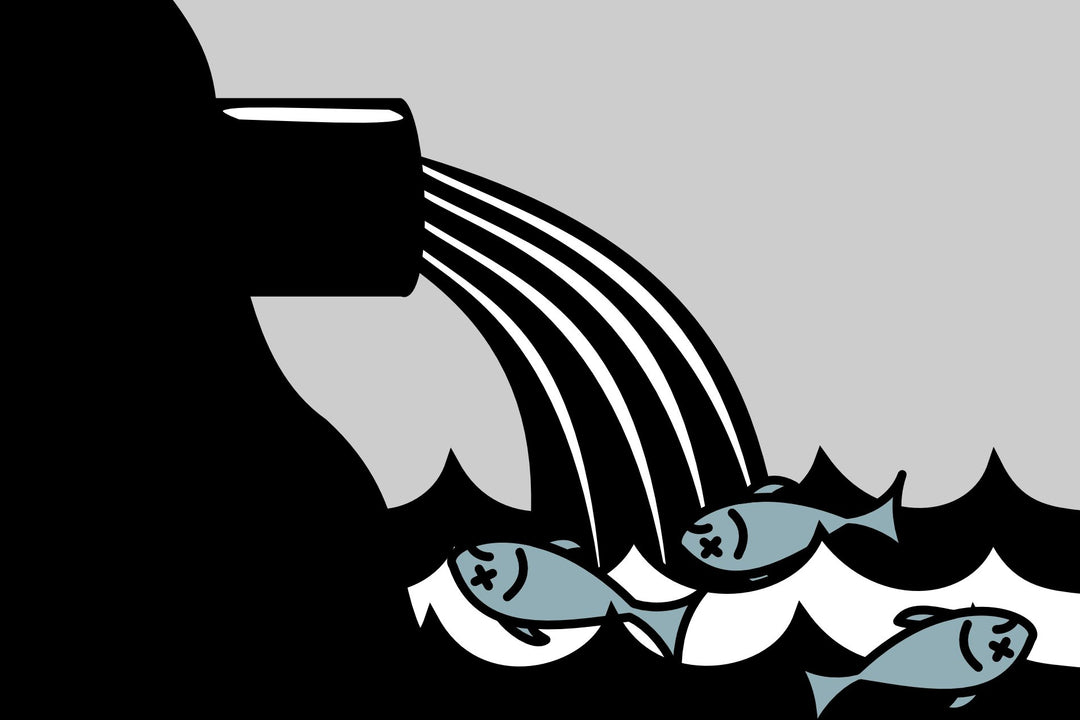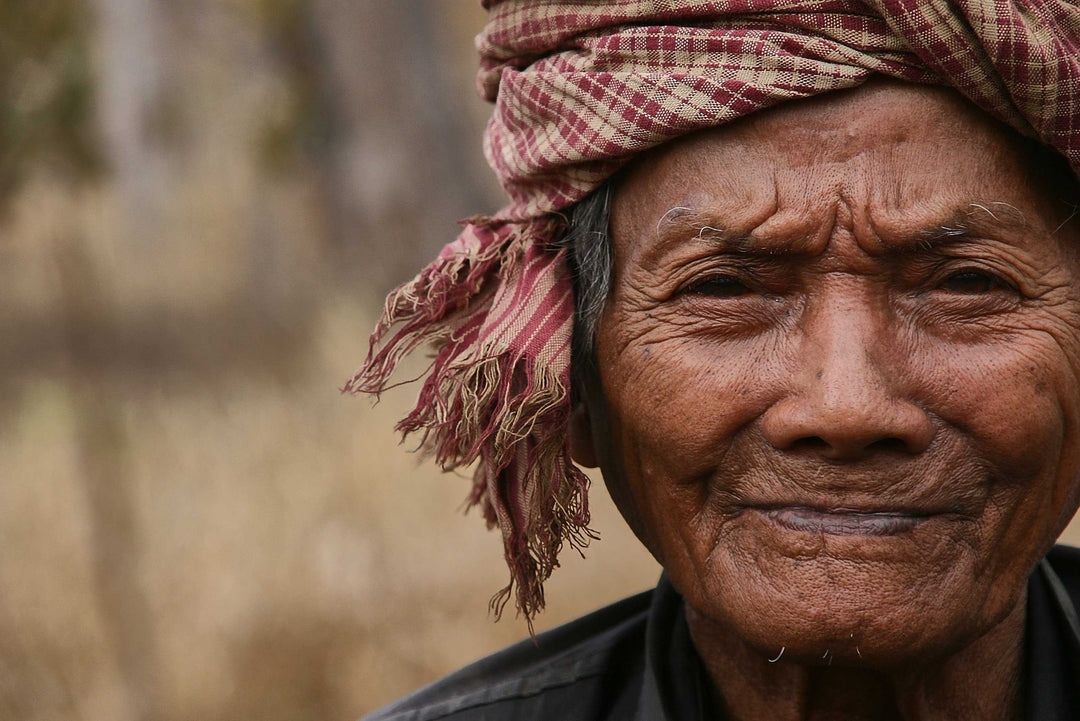Journal

Cotton is one of the most popular fabrics globally and undoubtedly the one with a long history. Despite its versatility, durability and popularity, cotton takes a lot of labour to satisfy the current demand for cotton. Because of that, the production is often outsourced to developing countries, where labour is much cheaper.
Currently, 100 million rural households in developing countries are directly engaged in cotton production. As these people are essentially powerless in the grand scheme of fashion production, they're left to be affected by any price fluctuations, rising costs of production, or the effects of climate change.

The fashion industry largely relies on water for many of its activities. From watering crops to dyeing fabric, it would be near impossible to produce a garment without water.
However, considering how much this industry relies on water, it sure isn’t doing much to protect the water sources. Did you know that the fashion industry is responsible for 20% of all industrial water pollution in the world?

Ethical fashion, sustainable fashion, eco-friendly fashion… These terms represent alternatives to fast-fashion, which has taken over the fashion industry in the last two decades. While they all have many things in common, they each have a distinct definition, encompassing solutions to slightly different problems in the current fashion supply chains.
In this article, we talk about promises and the landscape offered by the ethical fashion industry and emphasise how it seems to be the most all-encompassing alternative to fast fashion.

Plastic pollution is one of the most pressing environmental threats of the 21st century. We are only now finding out about the impact of our widespread use of plastic and unsustainable synthetic fibres in nearly every aspect of our lives – and the information is worrying, to say the least.
Besides visible plastic pollution, such as plastic straws, fishing nets or water bottles, our ocean is being contaminated with microscopic plastic pollution too – microplastics – which may be even more dangerous.

The sourcing of cotton, in particular, is riddled with many ethical issues, which create an unsafe working environment, where workers aren't often paid fair wages and deprived of the essential benefits such as healthcare and job protection.
Here, we discuss a few aspects of how sustainable fashion helps farmers and factory workers.



